This article was co-authored by Lydia Shedlofsky, DO. Dr. Lydia Shedlofsky is a Resident Dermatologist who joined Affiliated Dermatology in July of 2019 after completing a traditional rotating internship at Larkin Community Hospital in Miami, Florida. She earned a Bachelor of Science in Biology at Guilford College in Greensboro, North Carolina. After graduation, she moved to Beira, Mozambique, and worked as a research assistant and intern at a free clinic. She completed a Post-Baccalaureate program and subsequently earned a Master's Degree in Medical Education and a Doctorate of Osteopathic Medicine (DO) from the Lake Erie College of Osteopathic Medicine.
There are 16 references cited in this article, which can be found at the bottom of the page.
wikiHow marks an article as reader-approved once it receives enough positive feedback. In this case, 85% of readers who voted found the article helpful, earning it our reader-approved status.
This article has been viewed 196,399 times.
Scabies is a skin condition caused by small mites living in your skin, leading to a scaly red rash and itching. Just the thought of this probably makes your skin crawl, but don’t be embarrassed if you catch scabies! Anyone can get it and it has nothing to do with poor hygiene.[1] It’s also treatable and should clear up within a week after proper treatment. Doctors usually use a benzyl benzoate cream to kill the mites and clear the rash, but you might be curious about home remedies. These aren’t as reliable as prescription creams, although some could work. Before you try them for yourself, visit your doctor to confirm that you have scabies. After that, you can see if some home treatments work for you.
Steps
Topical Treatments
Undoubtedly, you want to get rid of scabies as quickly as possible and move on with your life. Doctors recommend prescription creams containing benzyl benzoate as the best way to kill the mites. However, studies do show that some natural remedies could work as well. After confirming that you have scabies, you can try some of these topical treatments to see if they help. If not, go with a prescription cream.
-
1Use aloe vera gel for an effective natural treatment. A small study showed that aloe vera gel might be as effective on scabies as prescription creams, giving it some promise as an alternative treatment. Try applying crude, or pure, aloe vera gel onto the rash daily and see if this works for you.[2]
- The study didn’t specify how long the patients used aloe vera gel. Typical scabies creams need 1 week to work, so apply the gel for at least that long.[3]
-
2Rub tea tree oil cream onto the rash. Creams with 5-6% tea tree oil show some effectiveness in treating scabies successfully. Try applying this cream once per day for 30 days to see if this helps clear the infection.[4]
- These studies used cream or gels containing tea tree oil, not the oil itself. Using undiluted oil hasn’t been studied.
Advertisement -
3Kill the scabies mites with clove oil. Clove oil contains chemicals that successfully killed scabies mites in lab tests. Try rubbing clove oil onto the rash and leaving it in place for 24 hours to kill the existing mites.[5]
-
4Try neem oil for a potential treatment. Neem oil may also kill the mites that cause scabies after 24 hours. Studies show that it's effective at a concentration of 20mg/mL. Try applying the oil to the rash and leaving it there for 24 hours to see if it helps.[6]
-
5Avoid using bleach on your skin. Some websites claim that bleach kills the scabies mites and will help you get rid of them. The problem is that bleach will irritate and burn your skin. This is not a recommended treatment, so stick to cleaning with your bleach.[7]
- There are some websites that claim vinegar also kills scabies mites. This isn’t as dangerous as using bleach, but probably won’t work.
-
6Get a prescription cream from your doctor if home remedies don't work. The most common treatment for scabies is prescription cream from your doctor that kills the mites and their eggs. Typically, you have to rub the cream onto your entire body from your neck down and leave it on for 8-10 hours, since the mites may have spread beyond the original rash. This is sometimes a one-time treatment, but you may need to reapply the cream if your doctor tells you to. Follow their instructions for the most effective treatment.[8]
- The most common medication is permethrin cream. If this doesn't work, the doctor may also try indane, crotamiton, or ivermectin.
- If you live with other people, the doctor will probably tell them to use the same treatment because scabies can spread easily.
Relieving Your Symptoms
Even if the treatment you use successfully kills the scabies mites, the annoying itching can continue for a few weeks. Unfortunately, you have to wait for the rash to clear on its own before the itching stops entirely. Luckily, you can manage the itching with some simple home treatments until the rash is gone.
-
1Hold a cold compress onto itchy areas. This numbs the skin and soothes itching. Try wetting a washcloth with cold water and holding it against your rash to relieve your symptoms.[9]
- If the rash is on one of your extremities, you can also soak it in cool water instead of using a compress.
-
2Soak in a cool oatmeal bath. This is helpful if the rash covers large parts of your body. Take a cool bath and add some oatmeal to soothe your skin.[10]
- Warm or hot water can irritate your skin and make itching worse. It’s best to use cool water instead.
- A cool bath will also work on its own without oatmeal.[11]
-
3Use anti-itch cream until the itching subsides. Antihistamine creams like calamine lotion will reduce the itching until your scabies infection clears up entirely. Apply it according to the product instructions.[12]
-
4Take an oral antihistamine to reduce itching. If creams aren't enough to get rid of the itching, then antihistamine medications might work better. Check with your doctor to make sure this is safe and follow their dosing recommendations.[13]
- Common antihistamines include Benadryl, Zyrtec, Claritin, and Allegra.[14]
- Antihistamines can cause drowsiness, so don't drive or operate machinery after taking them.
Avoiding Reinfection
Unfortunately, scabies is contagious and the mites can spread to other people. Don't panic, though—all it takes is a a few simple steps to remove the mites from your home and your clothes. This will be some extra work, but you can make sure you or other people don’t get another infection.
-
1Wash all of your bedding and clothes in hot water. Scabies can live on your clothes and bedding and re-infect your skin even after you start treatment. On the day that you start treatment, gather all of your linens and wash them on a hot water setting. Then put them in the dryer on a hot setting. The high heat should kill all the mites.[15]
- Dry cleaning also works. Just be sure to tell the people handling your clothes that you have scabies so they can take precautions.
- Things that you haven’t touched for over a week should be safe. Scabies mites can’t live that long off of a person.
- Continue doing your laundry like this until your infection heals.
-
2Keep your laundry away from everyone else’s. Scabies is contagious and could spread to other people through clothes or sheets. If you live with other people, keep all of your laundry separate from theirs, even after it’s clean, to prevent spreading the mites.[16]
-
3Seal items in a plastic bag for 1 week if you can’t wash them. The mites typically die within 2-3 days if they’re separated from a person. If there are items you can’t wash easily, like couch pillows or seat cushions, then seal them inside a plastic bag and don’t open it for 1 week. This should kill and mites on it.[17]
- If you don’t have plastic bags, you can just put the item in an out-of-the-way place like your garage. Make sure no one touches it for at least a few days. This is helpful for larger items like chairs or other furniture.[18]
-
4Vacuum all the carpeting and furniture in your entire home. Mites can also spread on carpets, couches, chairs, and other things in your home. On the day that you start treatment, vacuum everything in your home that mites could be living on.[19]
- As with linens, things you haven’t touched in over a week should be free of mites.
-
5Don’t have physical contact with anyone until you heal. This includes hugging, sitting together, and having sexual contact. Avoid this type of contact until your infection clears up entirely.[20] [21]
- Also don’t share a bed or couches with other people. The mites could spread this way as well.
- Remember that if the other person contracts scabies, it might take 2-4 weeks for them to show symptoms.
Medical Takeaways
You might be scared to hear that you have scabies, but the condition is treatable! In most cases, your symptoms will get much better within a week after treatment. Some home remedies do work, so you can try them for yourself. If you don’t notice any improvement, however, then talk to your doctor and use a prescription treatment instead. In either case, you should recover with no lasting trouble.
Expert Q&A
-
QuestionHow can I prevent getting scabies from someone else?
 Lydia Shedlofsky, DODr. Lydia Shedlofsky is a Resident Dermatologist who joined Affiliated Dermatology in July of 2019 after completing a traditional rotating internship at Larkin Community Hospital in Miami, Florida. She earned a Bachelor of Science in Biology at Guilford College in Greensboro, North Carolina. After graduation, she moved to Beira, Mozambique, and worked as a research assistant and intern at a free clinic. She completed a Post-Baccalaureate program and subsequently earned a Master's Degree in Medical Education and a Doctorate of Osteopathic Medicine (DO) from the Lake Erie College of Osteopathic Medicine.
Lydia Shedlofsky, DODr. Lydia Shedlofsky is a Resident Dermatologist who joined Affiliated Dermatology in July of 2019 after completing a traditional rotating internship at Larkin Community Hospital in Miami, Florida. She earned a Bachelor of Science in Biology at Guilford College in Greensboro, North Carolina. After graduation, she moved to Beira, Mozambique, and worked as a research assistant and intern at a free clinic. She completed a Post-Baccalaureate program and subsequently earned a Master's Degree in Medical Education and a Doctorate of Osteopathic Medicine (DO) from the Lake Erie College of Osteopathic Medicine.
Dermatologist Scabies is transmitted after skin-to-skin contact when one person is infected and the mites are able to walk across to the new patient. I have patients tell me they are worried about hugging their loved ones, and caregivers who are concerned about how to go about helping out with day-to-day activities. The best answer is to get the original patient cured. It's usually successful after a few treatments. Prevention means limiting skin-to-skin contact, using gloves if you have to until the first person is cured. What I recommend to loved ones is that maybe for now trade hugs for holding gloved hands.
Scabies is transmitted after skin-to-skin contact when one person is infected and the mites are able to walk across to the new patient. I have patients tell me they are worried about hugging their loved ones, and caregivers who are concerned about how to go about helping out with day-to-day activities. The best answer is to get the original patient cured. It's usually successful after a few treatments. Prevention means limiting skin-to-skin contact, using gloves if you have to until the first person is cured. What I recommend to loved ones is that maybe for now trade hugs for holding gloved hands.
Warnings
- Don’t ignore a scabies infection. It can develop into a more serious infestation or cause skin infections.[23]⧼thumbs_response⧽
References
- ↑ https://www.nhs.uk/conditions/scabies/
- ↑ https://pubmed.ncbi.nlm.nih.gov/19274696/
- ↑ https://medlineplus.gov/ency/article/000830.htm
- ↑ https://www.ncbi.nlm.nih.gov/pmc/articles/PMC4751955/
- ↑ https://www.ncbi.nlm.nih.gov/pmc/articles/PMC2920318/
- ↑ https://pubmed.ncbi.nlm.nih.gov/24974121/
- ↑ https://www.ncbi.nlm.nih.gov/books/NBK441921/
- ↑ https://my.clevelandclinic.org/health/diseases/4567-scabies
- ↑ https://www.aad.org/public/everyday-care/itchy-skin/itch-relief/relieve-itchy-skin
- ↑ https://www.drugs.com/npp/oats.html
- ↑ https://medlineplus.gov/ency/article/000830.htm
- ↑ https://medlineplus.gov/ency/article/000830.htm
- ↑ https://medlineplus.gov/ency/article/000830.htm
- ↑ https://www.cigna.com/individuals-families/health-wellness/hw/medical-topics/scabies-hw171811
- ↑ https://www.aad.org/public/diseases/a-z/scabies-self-care
- ↑ https://www.azdhs.gov/documents/preparedness/epidemiology-disease-control/healthcare-associated-infection/advisory-committee/subcommittee/scabies-pamphlet.pdf
- ↑ https://www.cdc.gov/parasites/scabies/prevent.html
- ↑ https://www.cdc.gov/parasites/scabies/gen_info/faqs.html
- ↑ https://www.aad.org/public/diseases/a-z/scabies-self-care
- ↑ https://www.nhs.uk/conditions/scabies/
- ↑ Lydia Shedlofsky, DO. Dermatologist. Expert Interview. 30 September 2020.
- ↑ https://www.aad.org/public/diseases/a-z/scabies-self-care
- ↑ https://my.clevelandclinic.org/health/diseases/4567-scabies
About This Article
Killing scabies at home can be done by applying a few different topical treatments where the scabies are clustering on the skin. Tea tree oil, which acts as a natural pesticide, is great for getting rid of scabies. Add 10 drops to 100 mL of a lotion in a small bowl, mix together, and then apply this to your skin. Let the lotion dry and then shower in cold water to relieve itching and wash the scabies off. Substituting neem oil for the tea tree oil in the lotion mixture can also get rid of scabies. You can also use sulfur-based creams or anti-scabies prescription ointments in order to get rid of scabies. Keep reading for more natural home remedies and treatment options.
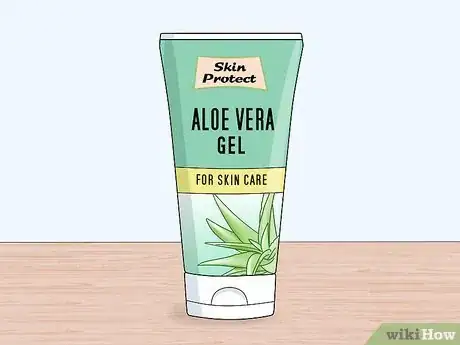

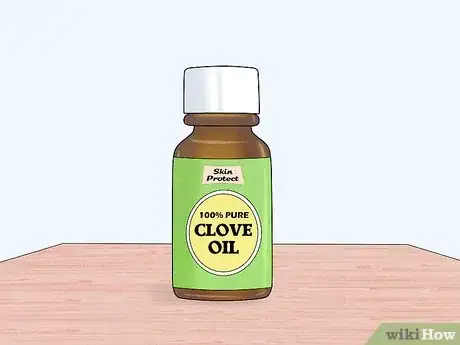

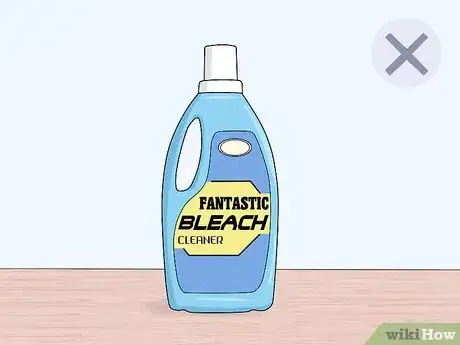
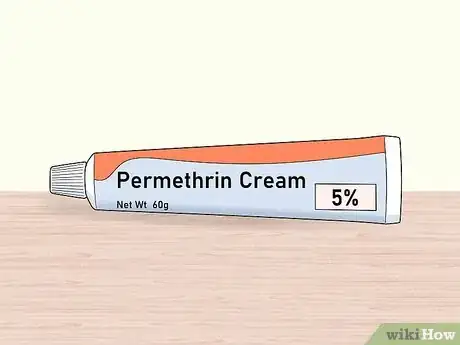
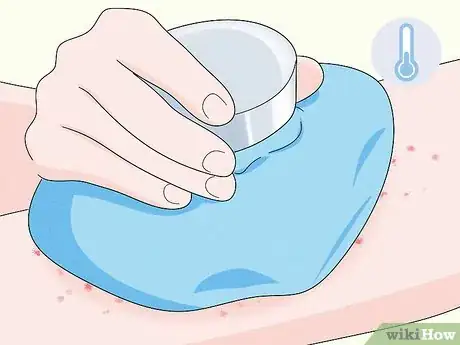

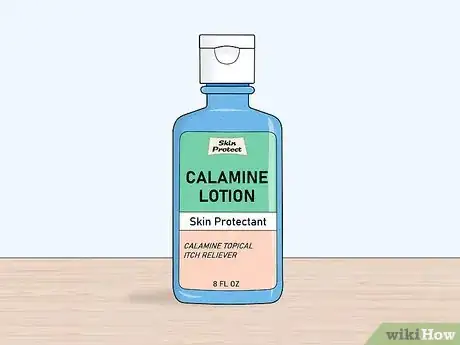
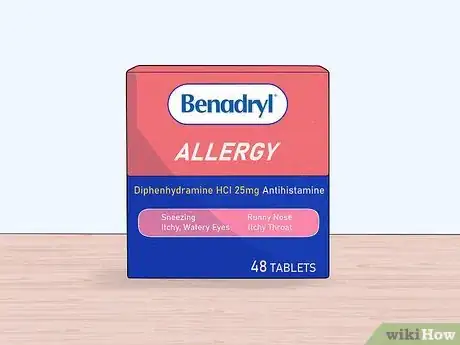
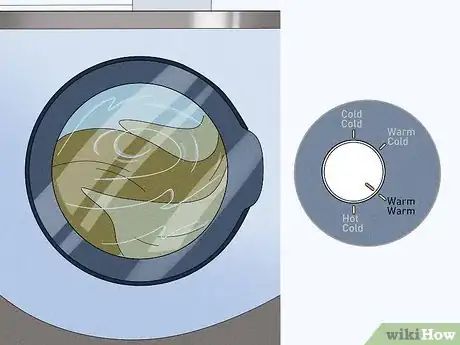


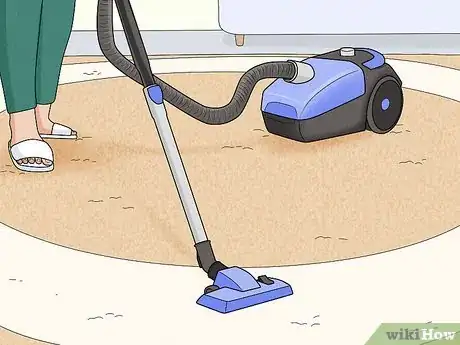


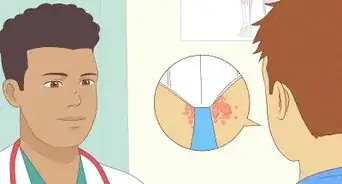



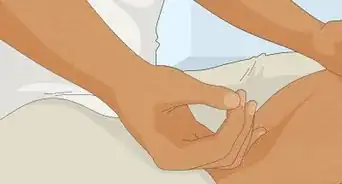



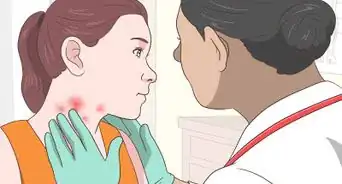

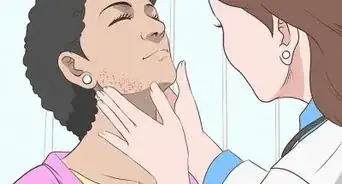
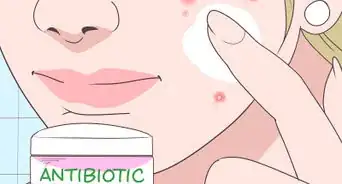














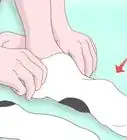




































Medical Disclaimer
The content of this article is not intended to be a substitute for professional medical advice, examination, diagnosis, or treatment. You should always contact your doctor or other qualified healthcare professional before starting, changing, or stopping any kind of health treatment.
Read More...